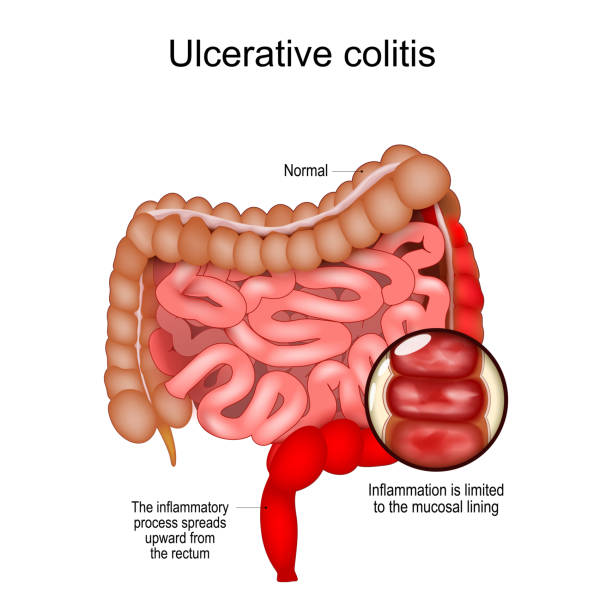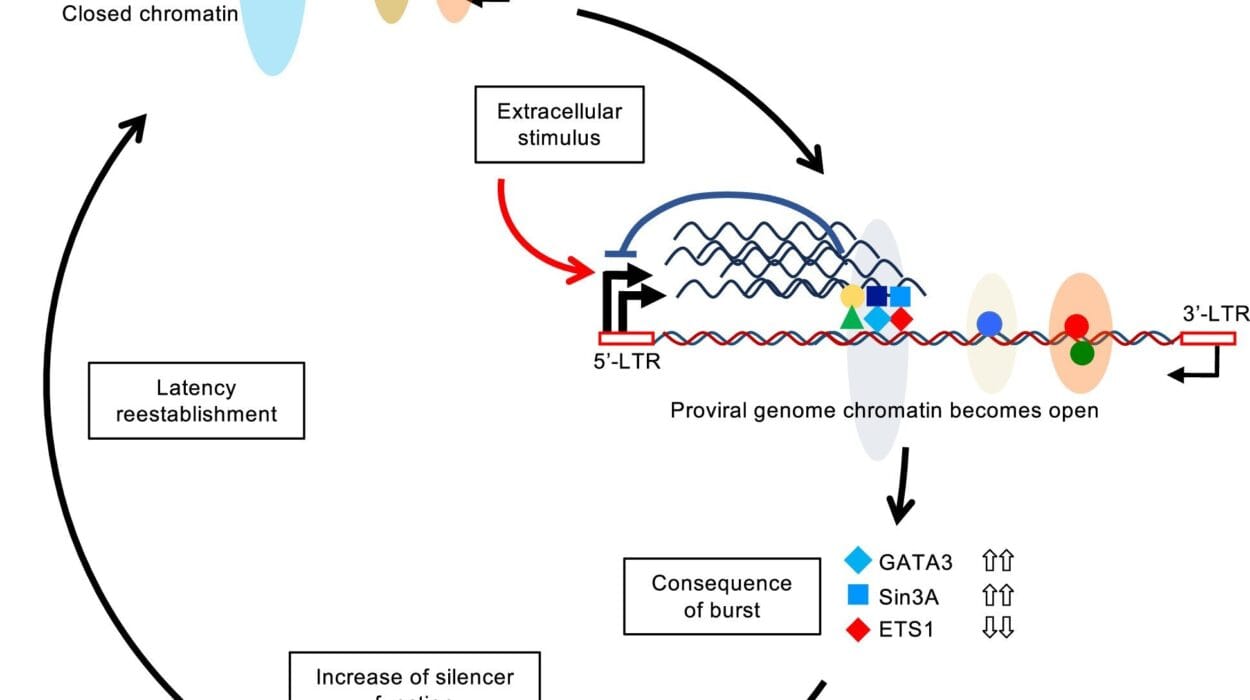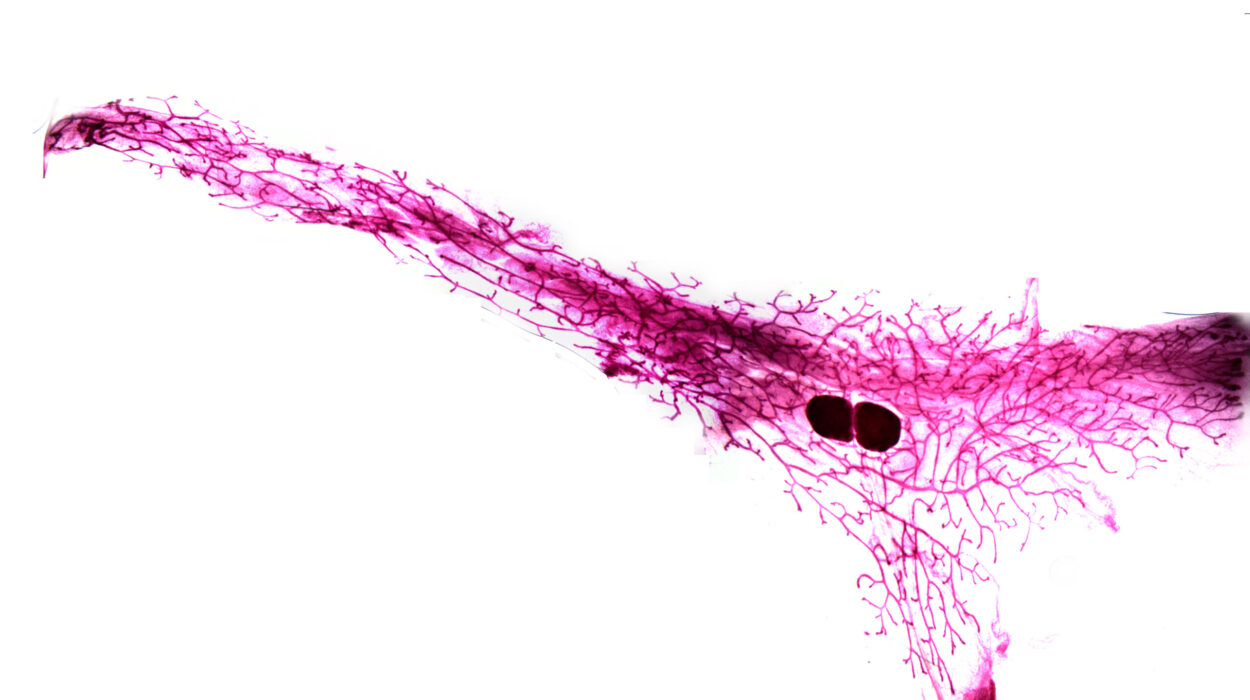If you’ve ever sipped strong black tea, savored a piece of dark chocolate, or tasted red wine that made your mouth feel dry and rough, you’ve experienced astringency. It’s that distinctive puckering, sandpapery sensation that makes your mouth tighten slightly. This unique feeling, while sometimes mistaken for bitterness, is not a flavor at all—it’s a tactile experience, one that science is now revealing might do much more than affect your palate.
A new study from researchers in Japan has uncovered a surprising link between this mouth-drying sensation and brain function. It suggests that the very astringent taste of certain foods could send direct signals to the brain, influencing alertness, memory, and even stress response. This discovery adds a fascinating new layer to our understanding of how taste and the nervous system interact.
Beyond Flavor: The Hidden Power of Polyphenols
At the heart of this discovery are compounds called polyphenols, naturally occurring molecules found in many plants. Polyphenols are responsible for much of the color, taste, and health benefits of foods like berries, tea, wine, and cocoa. Among them, flavanols—a subgroup of polyphenols—have attracted particular scientific attention.
Flavanols are known for their potential health benefits, especially for the heart and brain. Numerous studies have shown that they can improve blood flow, reduce inflammation, and even enhance cognitive performance. People who consume flavanol-rich foods often exhibit better memory and lower risk of age-related cognitive decline.
Yet, despite these promising findings, a scientific puzzle has remained unsolved: flavanols are poorly absorbed by the body. Only a small fraction ever reaches the bloodstream, raising an important question—if so little gets inside, how do they have such powerful effects on the brain?
The Taste That Talks to the Brain
In an attempt to answer this mystery, a research team led by Dr. Yasuyuki Fujii and Professor Naomi Osakabe at the Shibaura Institute of Technology in Japan explored an entirely new idea. What if flavanols don’t need to be absorbed into the blood to affect the brain? What if the taste itself—the astringent feeling they create—acts as a kind of sensory message, triggering neural activity directly?
“We hypothesized that the astringent taste serves as a stimulus, transmitting signals directly to the central nervous system,” explains Dr. Fujii. “This stimulation may activate the brain through sensory nerves and induce physiological responses through the sympathetic nervous system.”
In other words, when you taste something astringent, your mouth might be sending a wake-up call to your brain—activating neural circuits that control attention, motivation, and stress responses.
Testing the Hypothesis: From Taste to Thought
To test their theory, the researchers turned to laboratory mice. Ten-week-old mice were given flavanols orally in doses of 25 or 50 milligrams per kilogram of body weight. A control group received only water. Afterward, the scientists carefully monitored their behavior, brain chemistry, and hormone levels.
The results were striking. Mice that consumed flavanols showed increased movement, curiosity, and alertness. They explored their surroundings more actively and performed better on tasks that required learning and memory. These behavioral changes suggested that the flavanols had stimulated the brain in ways similar to mild stress or exercise.
But how could a simple taste trigger such widespread effects? The researchers dug deeper into the mice’s brains, focusing on chemical messengers known as neurotransmitters. They found that dopamine (linked to motivation and pleasure), norepinephrine (associated with alertness and focus), and their precursors were significantly elevated in the locus coeruleus–noradrenaline network, a brain system that controls arousal and attention.
These neurotransmitters are crucial for keeping the brain awake, engaged, and ready to respond to the environment. By stimulating this system, flavanols appeared to act like a signal that sharpened the senses and boosted mental performance.
The Brain’s Stress Network Comes Alive
The research also revealed that flavanol consumption activated the sympathetic nervous system, which governs the body’s “fight-or-flight” response. This activation wasn’t harmful—it resembled the kind of beneficial stress response the body experiences during physical exercise.
The mice excreted higher levels of catecholamines, stress-related hormones that include adrenaline and noradrenaline. Within the brain, the hypothalamic paraventricular nucleus (PVN)—a region central to regulating stress and energy balance—also became more active. Levels of key molecules such as c-Fos, a marker of neuronal activity, and corticotropin-releasing hormone (CRH) rose significantly.
This pattern of activation mirrors what happens during moderate physical exertion, when the body mobilizes energy, sharpens focus, and prepares for action. The implication is profound: simply tasting flavanol-rich foods may trigger some of the same brain and body responses as exercise, stimulating alertness and improving cognitive function.
When Taste Becomes Therapy
These findings mark a breakthrough in understanding the connection between taste and physiology. Traditionally, nutrition science has focused on what happens after food is digested—how nutrients are absorbed, metabolized, and circulated through the bloodstream. But Dr. Fujii’s team suggests that the sensory experience of eating itself can directly influence brain activity, even before digestion begins.
This concept, known as sensory nutrition, explores how the smell, texture, and taste of food can shape our health in ways that go far beyond pleasure. It implies that the human body may have evolved to use taste as an early signal—alerting the nervous system and preparing it for changes in energy and mood.
“Stress responses elicited by flavanols in this study are similar to those elicited by physical exercise,” says Dr. Fujii. “Thus, moderate intake of flavanols, despite their poor bioavailability, can improve health and quality of life.”
From Chocolate to Cognitive Health
If these findings hold true in humans, they could change how we think about foods like dark chocolate, red wine, and certain berries. Each of these contains high levels of flavanols and is known for its complex, slightly astringent taste. Perhaps part of their appeal—and their health benefits—comes from the subtle stimulation they provide to the brain’s sensory circuits.
Imagine eating a square of dark chocolate not just as a treat, but as a mini workout for your brain. The very taste that makes it feel rich and slightly drying on your tongue could be sparking neural activity, enhancing alertness, and strengthening cognitive resilience.
This also sheds light on why people often associate these foods with comfort or focus. The connection may not be purely emotional—it could be rooted in the brain’s physiological response to the compounds they contain.
Implications for the Future of Food Science
The idea that taste can directly influence brain function opens a new frontier in food research and design. If specific sensory properties can activate beneficial brain responses, then next-generation foods could be developed to optimize both pleasure and health.
Food scientists might craft products that balance taste with neurostimulation—designing snacks, drinks, or supplements that gently engage the nervous system to enhance mood, focus, or relaxation. Such innovations could redefine what it means to “eat for the brain.”
This approach could also have medical potential. For individuals who cannot exercise regularly due to age or illness, foods that safely mimic some of the physiological benefits of physical activity could offer new ways to support cognitive health and emotional well-being.
The Harmony Between Taste and Mind
The study from the Shibaura Institute of Technology reminds us that food is more than fuel—it’s a complex dialogue between the senses and the brain. Every flavor, texture, and aroma carries information that shapes how our body and mind respond to the world.
Flavanols, once celebrated mainly for their antioxidant properties, now appear to hold another kind of power: the ability to speak to our nervous system through taste. The dry, puckering sensation that some find unpleasant might actually be nature’s way of nudging our brains into a state of alertness and vitality.
As scientists continue to explore this connection, a new appreciation emerges for the everyday sensory experiences we often take for granted. That first sip of strong tea, that bite of rich cocoa, or that taste of ripe berries may be doing more than delighting your senses—they may be awakening your mind.
More information: Yasuyuki Fujii et al, Astringent flavanol fires the locus-noradrenergic system, regulating neurobehavior and autonomic nerves, Current Research in Food Science (2025). DOI: 10.1016/j.crfs.2025.101195






